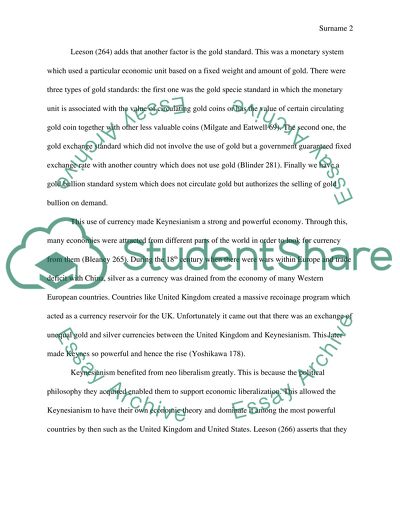Cite this document
(“Explain the Rise and Fall of Keynesianism Essay - 1”, n.d.)
Explain the Rise and Fall of Keynesianism Essay - 1. Retrieved from https://studentshare.org/history/1469861-explain-the-rise-and-fall-of-keynesianism
Explain the Rise and Fall of Keynesianism Essay - 1. Retrieved from https://studentshare.org/history/1469861-explain-the-rise-and-fall-of-keynesianism
(Explain the Rise and Fall of Keynesianism Essay - 1)
Explain the Rise and Fall of Keynesianism Essay - 1. https://studentshare.org/history/1469861-explain-the-rise-and-fall-of-keynesianism.
Explain the Rise and Fall of Keynesianism Essay - 1. https://studentshare.org/history/1469861-explain-the-rise-and-fall-of-keynesianism.
“Explain the Rise and Fall of Keynesianism Essay - 1”, n.d. https://studentshare.org/history/1469861-explain-the-rise-and-fall-of-keynesianism.


